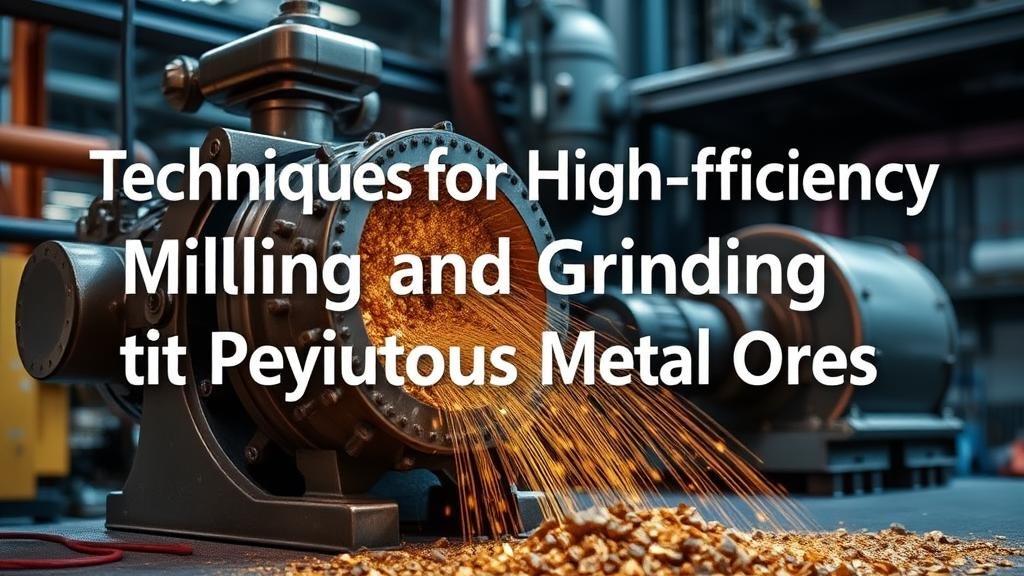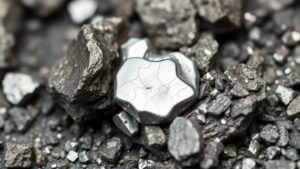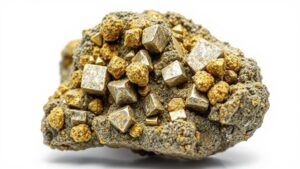Techniques for High-Efficiency Milling and Grinding of Precious Metal Ores
Techniques for High-Efficiency Milling and Grinding of Precious Metal Ores
The milling and grinding of precious metal ores are critical operations in the mining industry, directly impacting recovery rates, operational efficiency, and overall profitability. This article explores advanced techniques for enhancing the efficiency of these processes, considering the unique challenges posed by precious metals like gold, silver, and platinum.
The Importance of Pre-Grinding Assessment
Before implementing milling and grinding techniques, it is vital to conduct a pre-grinding assessment. This involves characterizing the ore to determine optimal processing methods. Factors such as mineralogy, particle size distribution, and moisture content can significantly influence the choice of milling equipment.
- Mineralogy: Understanding the mineral composition informs the selection of grinding media and milling techniques.
- Particle Size Distribution: Adequate assessment helps in determining the necessary grind size for optimal liberation of precious metals.
- Moisture Content: Excessive moisture can impede grinding efficiency, making moisture management practices crucial.
Advanced Milling Techniques
Several advanced milling techniques enhance the efficiency and effectiveness of grinding precious metal ores.
1. High-Efficiency Milling (HEM)
High-Efficiency Milling (HEM) is a technique often used in the machining industry but can be adapted for ore milling. HEM involves using optimized tool paths and higher feeds and speeds without compromising the integrity of the equipment.
- Tool Path Optimization: By employing advanced software for tool path simulation, milling processes can minimize energy consumption and maximize output.
- Higher Material Removal Rates: Utilizing higher feed rates in conjunction with appropriate depth of cut increases productivity.
2. Ultra-Fine Grinding (UFG)
Ultra-Fine Grinding employs specific mill types, such as the IsaMill or Vertimill, to achieve fine particle sizes. This method is beneficial for recovering liberated precious metals from ores that are not amenable to conventional milling processes.
For example, the use of IsaMills in a study conducted in Australia demonstrated recovery increases of 20% to 30% for gold in refractory ores, showcasing its efficacy.
Innovative Grinding Media
The selection of grinding media can dramatically affect the efficiency of both milling and grinding processes. Traditional steel balls may not always provide the best results, especially with certain ore types.
- Ceramic Media: Offers lower wear rates and improved grinding performance, especially suitable for softer ores.
- High-Density Media: Used in advanced gravity processing techniques, leading to enhanced recovery rates for precious metals.
Process Optimization Techniques
Optimizing grinding processes requires a multifaceted approach. Several techniques include:
1. Control Systems
Useation of automated control systems can significantly enhance the milling process. Using sensors to monitor factors such as temperature, pressure, and vibration allows for real-time adjustments, ensuring optimal grinding conditions.
2. Variable Frequency Drives (VFDs)
The adoption of VFDs in milling equipment allows for variable speed operation, which can be tailored to specific grinding requirements, leading to enhanced energy savings and operational efficiency.
Sustainability Considerations
In recent years, the mining industry has placed greater emphasis on sustainable practices. Efficient milling and grinding techniques contribute not only to profitability but also to environmental stewardship through reduced energy consumption and waste management.
- Energy Efficiency: Techniques such as UFG require less energy, as evidenced by a 30% reduction in energy consumption recorded in a recent mining operation.
- Water Conservation: Dry milling techniques can help minimize water usage, addressing environmental concerns associated with traditional wet milling processes.
Real-World Applications
Several mining operations worldwide have successfully employed high-efficiency milling and grinding techniques to enhance recovery rates and reduce operational costs. For example:
- The Gold Fields South Deep mine in South Africa implemented advanced milling technology, resulting in a 15% increase in gold recovery rates.
- Kansanshi Copper Mine in Zambia adopted a combination of UFG and VFDs, achieving notable reductions in energy consumption alongside increased throughput.
Conclusion
High-efficiency milling and grinding of precious metal ores are crucial in enhancing recovery rates and reducing operational costs. Through a careful assessment of ore characteristics, the adoption of innovative techniques, and the integration of sustainable practices, mining operations can increase their profitability and reduce their environmental footprint. By embracing these advanced methodologies, mining companies position themselves to excel in a competitive market while contributing positively to resource management and conservation.



